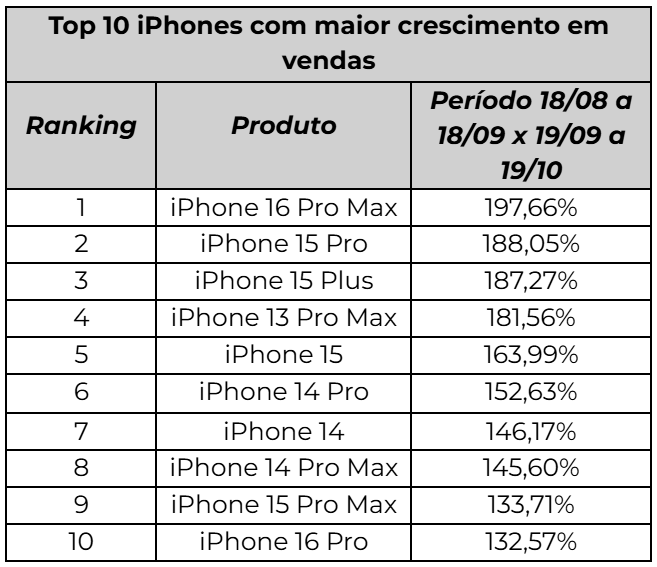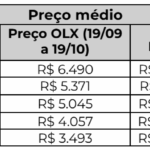SOBRE NÓS
A E-Commerce Update é uma empresa de referência no mercado brasileiro, especializada em produzir e disseminar conteúdo de alta qualidade sobre o setor de e-commerce.
Contato: contato@ecommerceupdate.com.br
Html code here! Even shortcodes! Replace this with your code and that's it.



